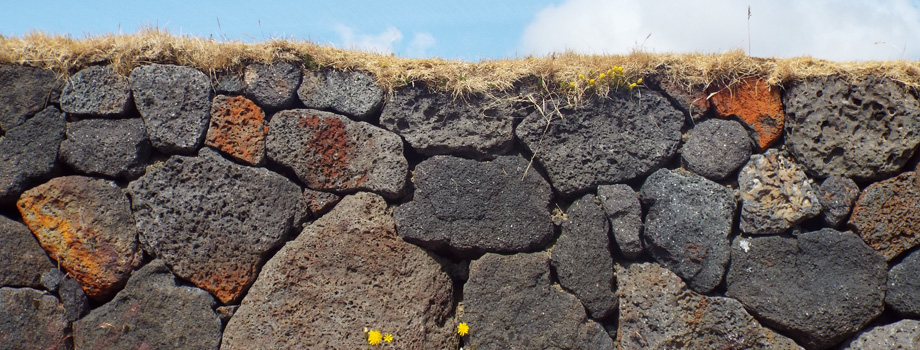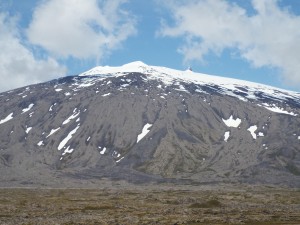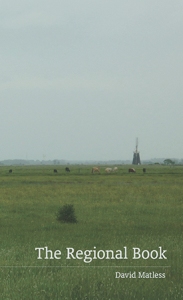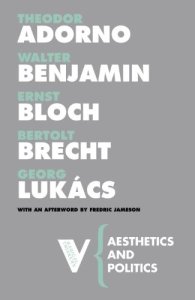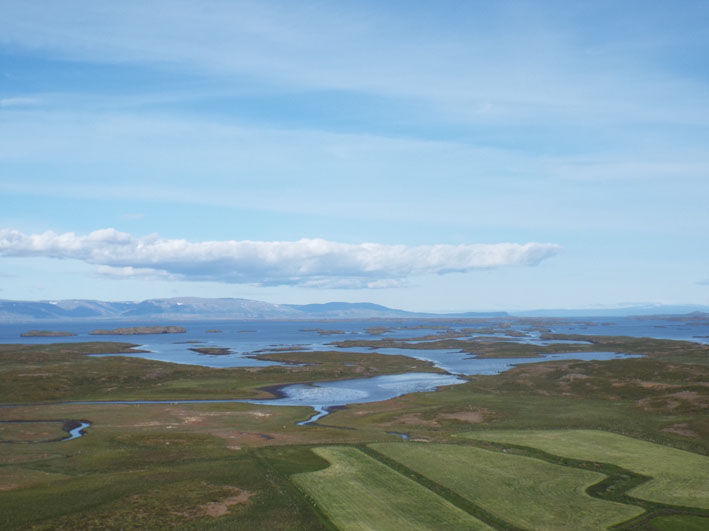
Eybyggja saga (old English translation by William Morris here, though I read the new translation by Judy Quinn in the complete sagas) is not one of the major sagas, but it’s fascinating for just that reason. As a reading experience it never really takes off; its central character is of great interest and appears in lots of other sagas as a bit part, but somehow fails to come into focus in his own story. Thinking about why it’s a bit of a damp squib certainly helps me to understand more clearly how the sagas in general work.
The saga concerns a community living on the the Snæfellsnes peninsula in the west of Iceland (it therefore has much the same setting as Laxness’s Under the Glacier). But more specifically it follows the life of Snorri Goði (or ‘Snorri the Priest’), one of the few people from the tenth century to have his own Wikipedia page and more importantly a chieftain who appears in a large number of sagas. He is a boy in Gísla saga Súrssonar (his father Thorgrím is one of the men his uncle Gísli kills), but his usual role is as a powerful and cunning leader, working inscrutably for various ends. These supporting roles build up a remarkable portrait of a complicated character. For example, when Grettir approaches Snorri for help, Snorri says he’s too old to be bothered with taking in outlaws, but he does provide Grettir with advice and shortly afterwards attempts to find a legal settlement to rescind Grettir’s outlawry. Later, when Snorri’s young son attempts to hunt and kill Grettir, Grettir, who could kill Thorodd easily, refuses to do so, saying that he fears Snorri’s vengeance. Snorri is pleased: you can see from both these exchanges the ambiguous blend of good will and realpolitik which Snorri’s character expresses.
This kind of episode means I read Eyrbyggja saga with high hopes, but it turns out that Snorri is of less interest as the protagonist of his own story than he is as a supporting player in someone else’s. Maybe that’s because he isn’t a hero, either epic or tragic: his shrewdness means he makes small gains and losses rather than getting entangled in bigger dramas. Snorri plays the percentages. In fact, reading Eyrbyggja saga you start to wonder where he got his reputation: why, you ask, does everyone fear and respect this chieftain who avoids risks, hesitates, and usually patches up quarrels before they escalate?
Of course, that’s exactly the reason: people fear and respect Snorri because he understands how to get on in medieval Icelandic society. He’s a good friend and a bad enemy to have. There’s a clear divergence here between the demands of the society he lives in and the literature which depicts him. What makes for success in one doesn’t translate directly into success for the other. This is a crucial complication to bear in mind when reading those critics, like Jesse Byock, who assert that saga literature reflects and is shaped by saga society. It may be, but it may distort it too.
One striking episode in Eyrbyggja saga (which also appears in The Saga of the Slayings on the Heath) involves two berserks which a man called Vermund has foolishly brought back from Sweden. They are generally troublesome, and eventually Snorri sets up a plan whereby the berserks are asked to clear a road through a lava field and eventually killed in a bath-house. The lava field is still called Berserkjahraun, and we visited it earlier this year – a bizarre landscape of reddish, polystyrene-light rock and dry, grey, spongy moss.
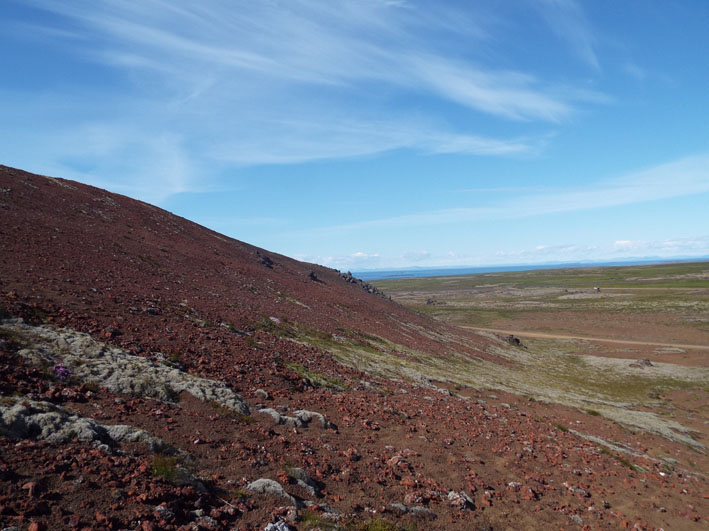
Nearby is Helgafell, the sacred hill where Snorri lived until he swapped houses with Guðrún Ósvífrsdóttir, the heroine of Laxdæla saga. Weirdly Helgafell is tiny, more 0f a tump than a hill, and its smallness is accentuated but he fact that it’s set against the backdrop of the Snæfellsnes mountains which must dwarf it many times over. But I suppose when you live in a counter of mountains, it’s the little lone hill that must be sacred. The photo at the top of this post is the view from the top of Helgafell – it doesn’t show the big mountains nearby but the edge of the fjord and then the range miles away on the other side; and note too the hayfields at the foot of the hill, oddly-shaped patches of good growing land won from the inhospitable terrain, which must I think have changed little since Snorri’s day.
